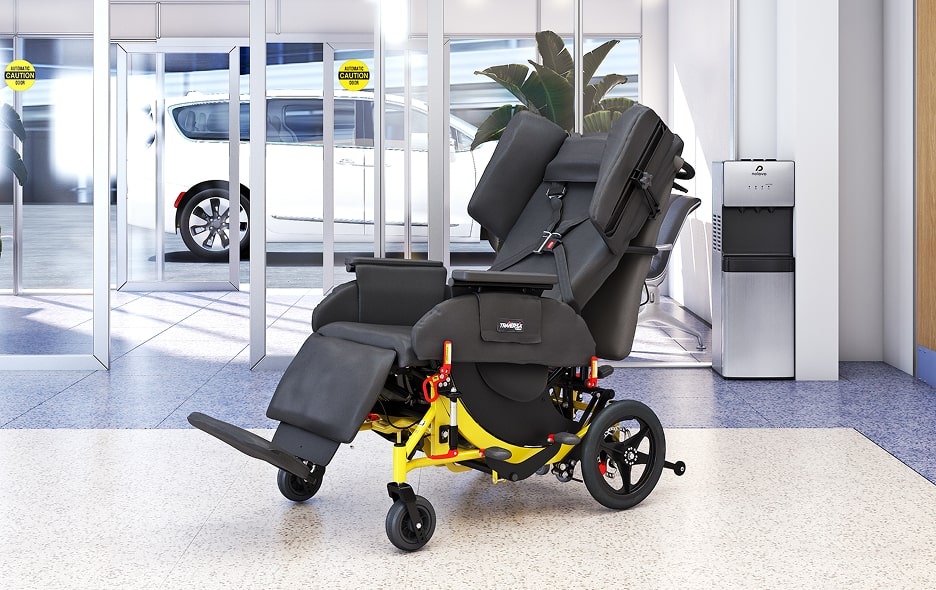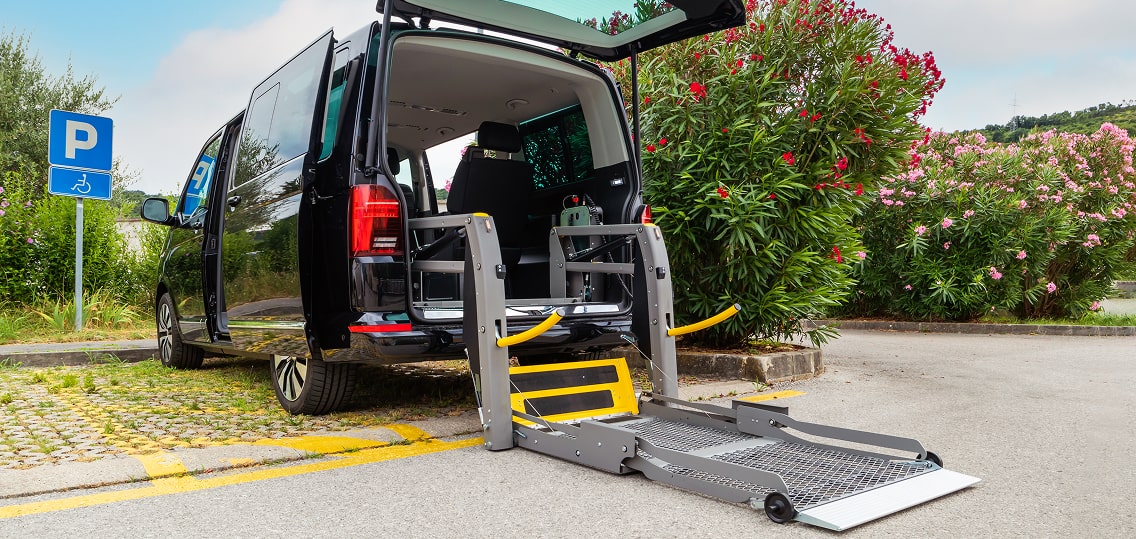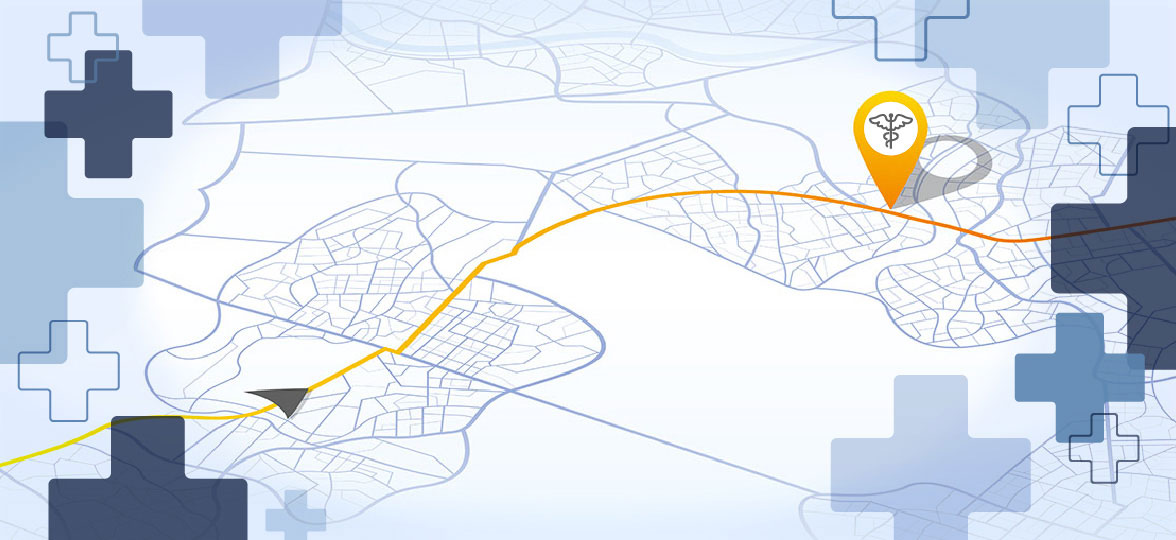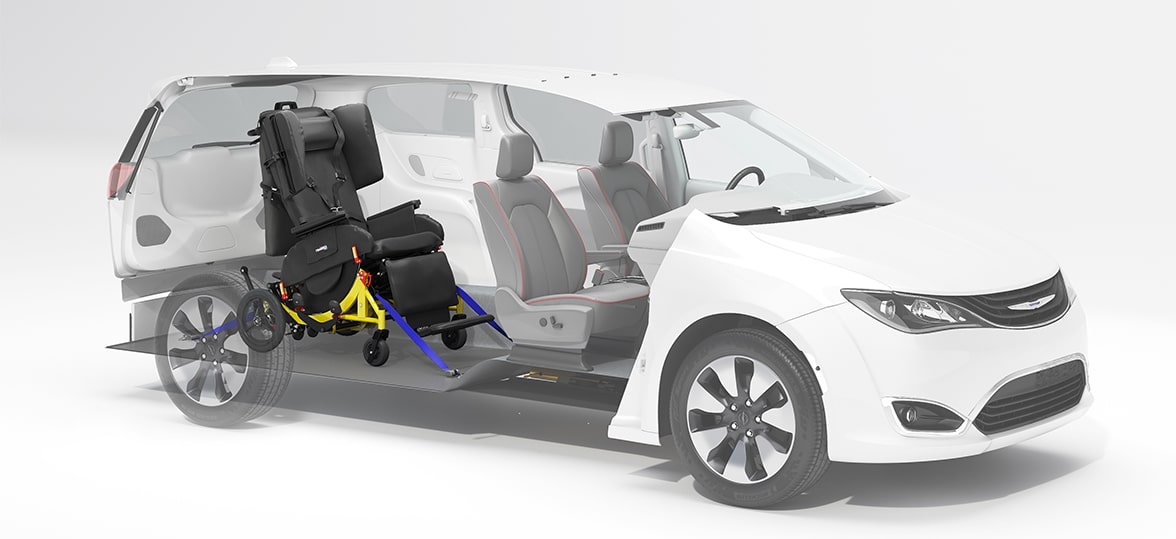Non-Emergency Medical Transportation (NEMT) fills a critical gap in the healthcare industry. For many, the medical transportation industry simply translates to emergency vehicles providing ambulatory services in the most vital medical crises.
However, the NEMT market is there to serve the needs of millions of people with their day-to-day medical requirements, ensuring they can have medical tests performed, receive ongoing, life-saving treatment for chronic illnesses, and access care for various conditions.
Below, we examine the factors impacting the growth of the NEMT market to better understand this invaluable part of healthcare.
About the NEMT Industry
Non-Emergency Medical Transportation (NEMT) services are central to modern healthcare, but their importance may not be immediately apparent. For vulnerable populations, low-income households, individuals with disabilities, and older adults who lack a strong network of support, access to necessary healthcare is a logistical issue.

Individuals who cannot drive themselves or resolve the challenge of securing reliable assistance will go without proper care or miss appointments. Not only is this a detriment to the health of millions of people facing these challenges, but it also places a cost burden on the healthcare system.
NEMT services fill a necessary void in improving the health of individuals in these scenarios. When people can follow a better course of treatment, it reduces hospital readmissions, prevents emergencies, reduces costs on emergency transport, and improves outcomes.
NEMT Market Size
Understanding the increasing demand for NEMT services starts with a grasp of the current state of the NEMT market. In 2021, the global non-emergency medical transportation (NEMT) market reached $8.65 billion. It is expected to reach $15.57 billion by 2028, with a CAGR of 9%.
The Increasing Demand for NEMT Services
Multiple factors have contributed to this significant rise in demand for transportation services in healthcare.

The Aging Population
From 2022 to 2050, America’s population of adults 65 and older is expected to increase by 47%, jumping from 58 million to 82 million. This number represents a rise in the total population percentage of elderly individuals from 17% to 23%.
This aging population needs more assistance with transportation to health services and requires more frequent care.
The Rise of Chronic Disease
A trending rise in chronic disease in the US has been happening recently. “An estimated 129 million Americans have at least one major chronic disease,” and more than half of Americans have multiple chronic diseases. This trend requires frequent doctor visits, blood tests, and health treatments in healthcare facilities.
Coverage of NEMT Costs by Medicaid
Medicaid continues to cover NEMT costs, which supports the important role NEMT plays in people’s overall health. Federal rules require Medicaid to ensure patients have transportation for medical purposes when it is otherwise not readily available.
Changes in the NEMT Industry
The growth of the NEMT market speaks to how much the world around us is changing. Technological breakthroughs like digital transportation networks lead to transparency and cost savings. Better routing, scheduling, and other efficiencies also lead to cost savings shared across the healthcare industry.

Notable Technological Advancements that Benefit Healthcare
Some advancements benefitting the healthcare industry include:
- AI-Based Dispatch and Routing: Advanced algorithms and data analysis enable the optimization of complex scheduling and triage using real-time traffic data and other input to reduce time and costs in transit. Shorter trips allow for additional pickups; patients can receive more efficient service with the convenience of shorter wait times.
- Internet of Things (IoT): IoT technology connects devices to sensors, monitors, and AI analytics for more accurate predictions of future vehicle maintenance patterns. These insights can reduce repair downtime and help NEMT operators get the most value from their fleets.
- Telehealth: Telehealth or telemedicine appointments help patients who weren’t receiving in-person care because of limited access to transportation. As a result, they remain connected to the healthcare process, where providers identify issues that call for testing and in-person visits.
- NEMT Equipment Advances: Improved transport solutions offer patients more comfortable and functional travel options while keeping costs down. The Broda Traversa Transport Wheelchair is an example of this type of breakthrough in the industry. This adjustable wheelchair can adjust into a stretcher position, making it possible for NEMTs to provide transportation services for patients who are not ambulatory.
- Hybrid Care: The hybrid care model combines the benefits of telehealth and NEMT, granting previously isolated and underserved patients access to the necessary medical care. Access to transportation connects these individuals to the in-person healthcare infrastructure.
The Benefits of the Traversa Wheelchair
The Traversa Transport Wheelchair is more than an improvement on the basic wheelchair; it is the answer to much-needed advancements in comfort, safety, and efficiency for patients and transportation providers. It can be adjusted to multiple positions so patients can sit or lie down comfortably.

The Traversa accommodates patients up to 450 lbs. and adjusts to infinite positions and seat heights. This wheelchair also increases operational efficiency while cutting operator costs, as it requires a single operator compared to the need for two when using a traditional stretcher. This functionality increases trip capacity while improving the passenger experience.
Learn more about the Traversa, and get in touch with us to learn how it can become the competitive edge your NEMT company needs to save money and grow your operations in the NEMT market.
*The details about the NEMT market are accurate as of the time of this post but may change over time. We suggest keeping up with healthcare industry trends for the latest updates.





